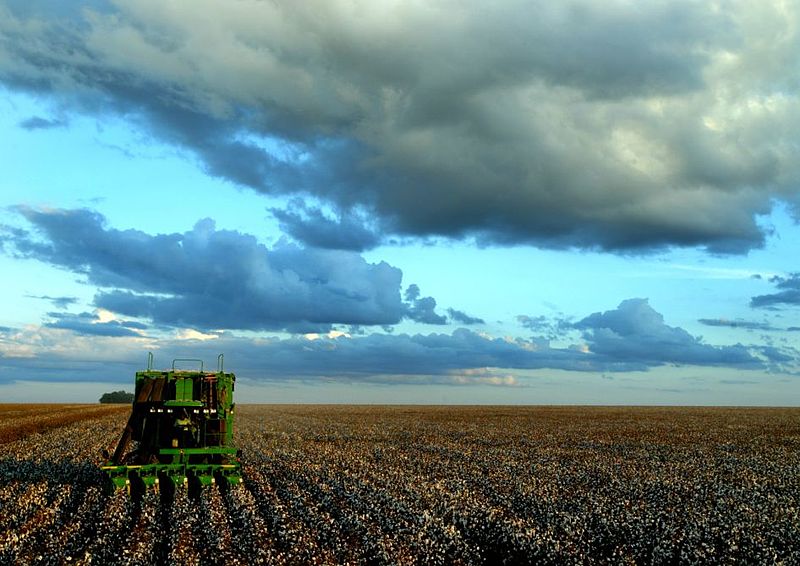The country’s worst drought in nearly a century is choking commerce, threatening ecosystems, and diminishing hydroelectric power generation.

Scientists estimate that Brazil hasn’t seen a normal period of rainfall since 2010. Photo courtesy of João Felipe C.S. / Wikimedia Commons
- After a decade of dry conditions, a drought in Brazil is straining the country’s economy, energy systems, and environment.
- Reservoirs are dwindling, causing major deficits in hydroelectric power.
- Scientists attribute the drought’s severity to climate change, deforestation of the Amazon rainforest, and the La Niña weather pattern.
By Laura Gersony, Circle of Blue — October 4, 2021
Parched conditions have gripped Brazil for nearly a decade. Now, as a historic drought stretches into its third year, the country’s economy, energy systems, and environment are tearing at the seams.
The damage is accumulating. Scientists estimate that the country hasn’t seen a normal period of rainfall since 2010. Cassio Bernardino, a project manager for the environmental group WWF-Brazil, told the Associated Press that the current situation is heightening a sense of alarm about the country’s water future.
“The prospects are not good; we’re losing natural capital, we’re losing water that feeds industries, energy generation and agribusiness,” Bernardino said. “Society as a whole is losing this very precious resource, and losing it at a frighteningly fast rate.”
In much of the country’s agricultural heartland, soil water levels are a third of what is needed to sustain healthy crops. This year alone, the drought has ravaged the coffee industry, cutting yields by one billion pounds of beans, or 25 percent. What’s more, key reservoirs are shrinking, leaving officials scrambling to make up a hydroelectric power deficit.
During his weekly Facebook broadcast, President Jair Bolsonaro pleaded with Brazilians to reduce their energy consumption, such as by taking cold showers and not using elevators. “Help us,” he said.
Scientists attribute the drought’s severity to climate change, deforestation of the Amazon rainforest, and the La Niña weather pattern, a cycle caused by natural oscillations in oceanic and atmospheric temperatures which tends to desiccate Argentina and southern Brazil every few years.
Over the past decade, Brazil’s rain shortfall comes out to about one year’s worth of rain. By the end of this century, the region’s annual rainfall is expected to drop by up to 30 percent due to climate change.
This amounts to a near-constant state of water stress in parts of South America—one from which few countries have been spared. The Chilean government declared an agricultural emergency in many provinces, estimating that rainfall is down between 62 and 80 percent in some regions. The Paraná River, which moves 98 percent of Paraguay’s exports, hit its lowest-ever level this summer. And grain exports from Argentina, a pillar of that country’s economy, have fallen by one-fifth.
“When you have one bad year, you can face it,” one Argentinian sunflower farmer told the Washington Post. “When you have three bad years, you don’t know if there will even be another year.”
Laura Gersony covers water policy, infrastructure, and energy for Circle of Blue. She also writes FRESH, Circle of Blue’s biweekly digest of Great Lakes policy news, and HotSpots H2O, a monthly column about the regions and populations most at-risk for water-related hazards and conflict. She is an Environmental Studies and Political Science major at the University of Chicago and an avid Lake Michigan swimmer.





